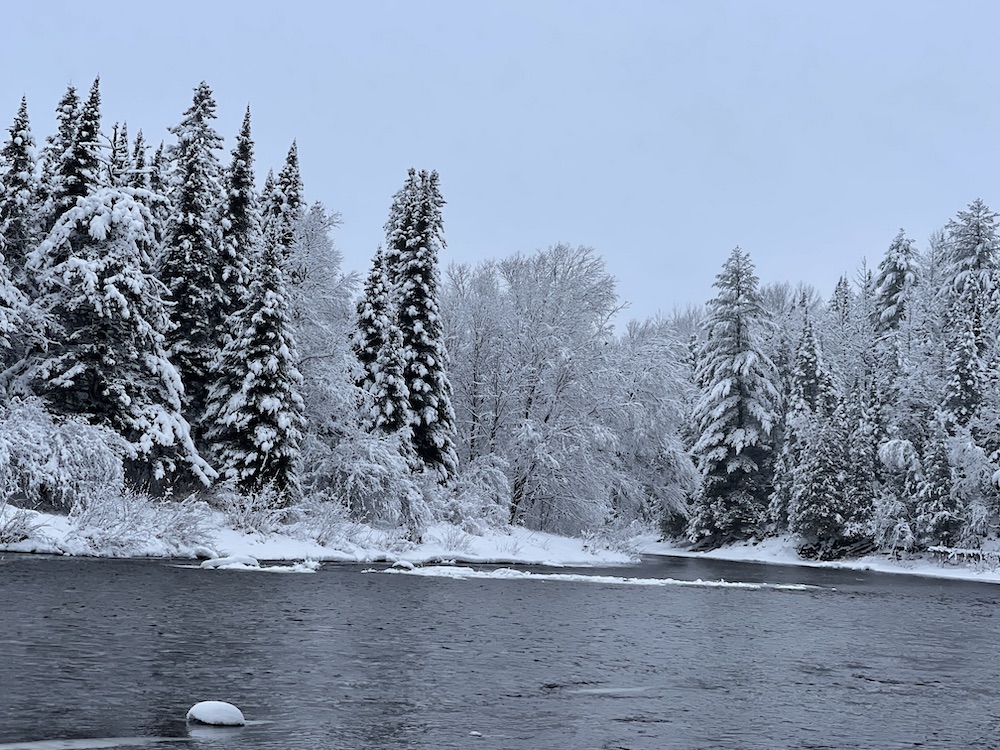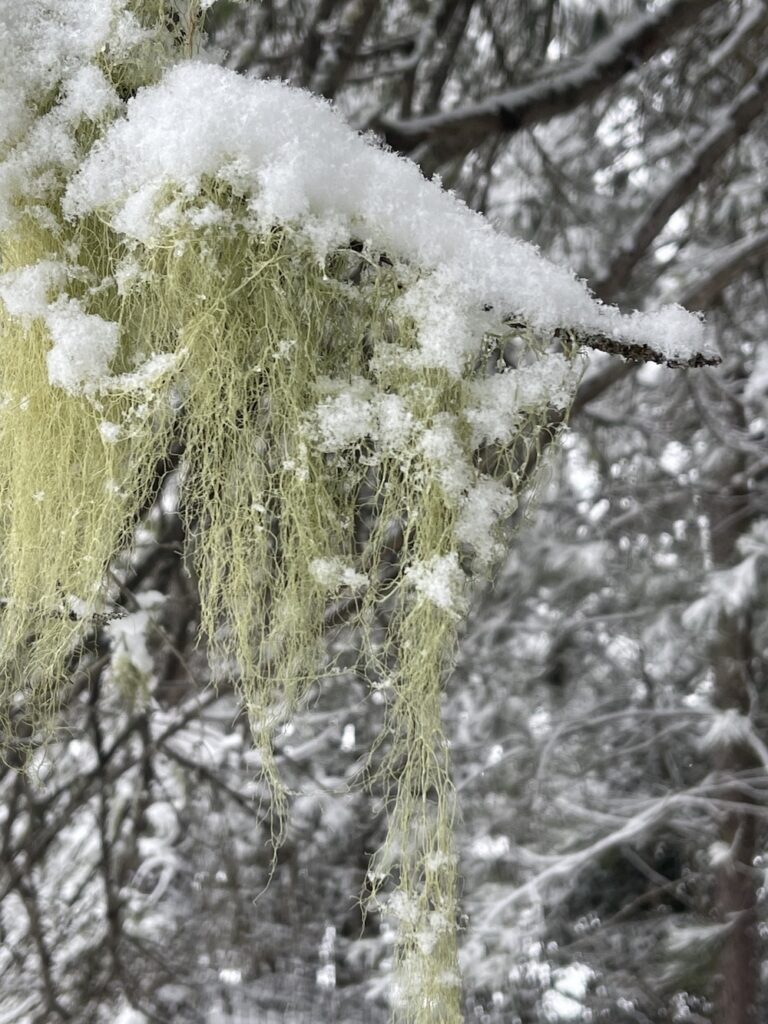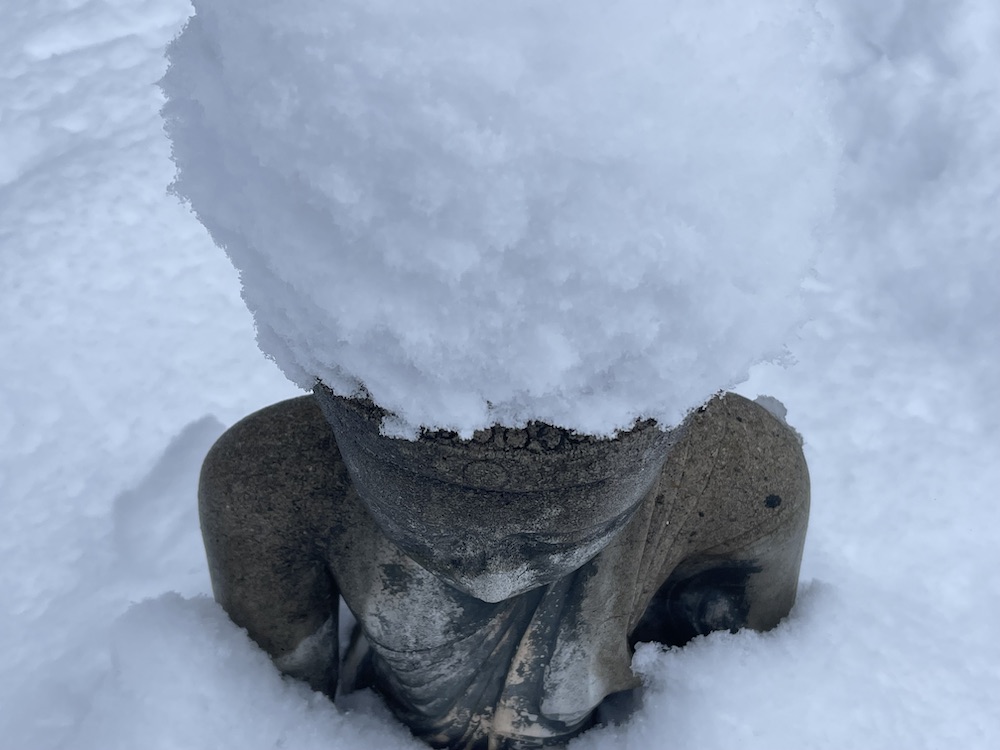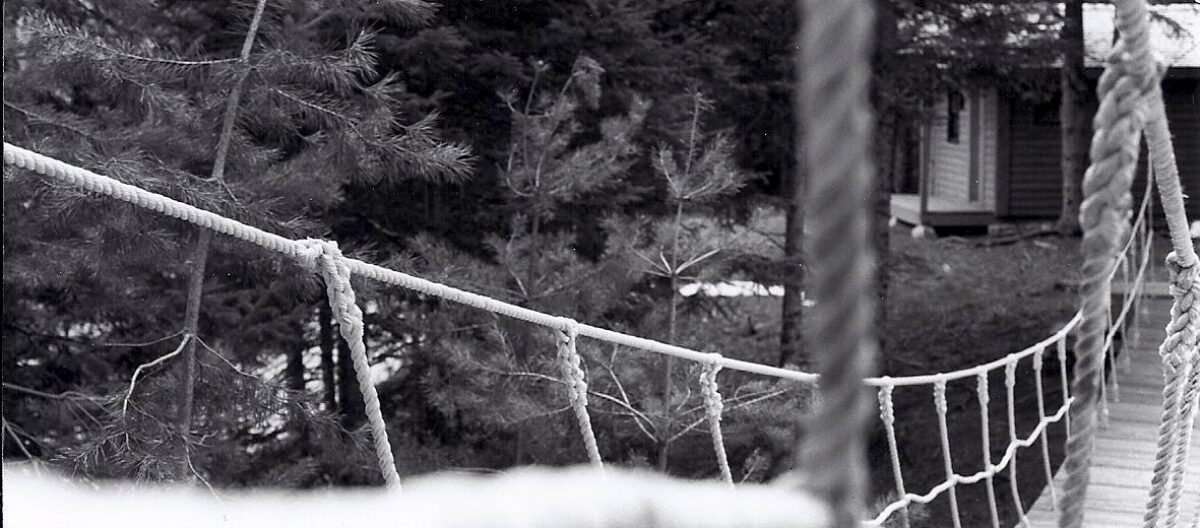NEW YEAR
Backwoods Blog;
in the woods and on the road..

To perceive freshly, with fresh senses, is to be inspired. Great winter itself looked like a precious gem, reflecting rainbow colors from one angle. My body is all sentient. As I go here or there, I am tickled by this or that I come in contact with, as if I touched the wires of a battery. I can generally recall – have fresh in my mind – several scratches last received. These I continually recall to mind, reimpress, and focus upon. The age of miracles is each moment thus returned…We get only transient and partial glimpses of the beauty of the world. Standing at the right angle, we are dazzled by the colors of the rainbow in colorless ice. From the right point of view, every storm and every drop in it is a rainbow.
From the journals of Henry David Thoreau December 11, 1855
*
Although we had a white Thanksgiving this year, the snow was all but gone and the ground bare before our first December storm hit last week. With the coming of white comes a fresh covering of nature, the underlying objects and random surfaces all buried in fluffy insulation and frozen water crystals. You don’t have to be a poet or artist to appreciate the beauty of winter, you just need a sturdy pair of warm boots and a “get out into it” attitude. I did just that and took my camera (iPhone) along with me to share a couple of post-storm photos in today’s blog entry. The combination of cold and recently fallen snow invigorates one’s senses. Thoreau says, “To perceive freshly, with fresh senses, is to be inspired.” As the new year is about to begin, the model of nature offers “transient and partial glimpses of the beauty of the world,” but our own focused perception translates that into meaning and substance.
Along the riverfront of the Meduxnekeag the spruce and the fir trees hold a generous amount of “old man’s beard” high overhead, oftentimes dangling all the way down to ground level where a passerby can reach for it easily. The lichen, a symbiotic relationship between an algae and a fungus, has an enchanted look when viewed in the north woods during winter. Native Americans valued its medicinal antiseptic, antibacterial and antiviral qualities. Here is an entry from the U.S. Forest Service website with additional information about this fascinating lichen.
Also known as Methuselah’s beard and old man’s beard, Usnea longissima is a lichen in the family Parmeliaceae (Kingdom Fungi). Usnea longissima is found in Western Europe and North America. This species is a pendant lichen that hangs from tree branches. It is a light yellow-green lichen with a central cord and short branches coming off of the central cord. In all Usnea species, the central cord is like an elastic band surrounded by a hard fungal cortex. Usnea longissima can be from 6 inches long up to 20 feet long. Usnea longissima is normally found in open or shaded forests that are near bodies of water such as lakes or rivers. It grows in the crowns of coniferous trees. Although it has a large range and was once common, Usnea longissima is now considered rare in the United States. Reasons for its rarity include pollution and loss of habitat.
As I walked along the river in front of the cabin with my iCamera, I took several shots of Usnea longissima in freshly fallen snow. As the new year looms in front of us, let us aspire to “perceive freshly, with fresh senses…” The world is a miracle every day, our mind the only limitation. All the best in the new year!
In the woods,
Dave
December 28, 2022





Thank you Dave for your woods and winter reflections, it lifted my spirits! Blessings…
posted by Telos
Does the Conehead Buddha consume mass quantities? Winter is beautiful. The cold sharpens the senses. Little to no snow in Southern Maine right now, so I plan a temporary migration north after New Years day to sharpen my senses.